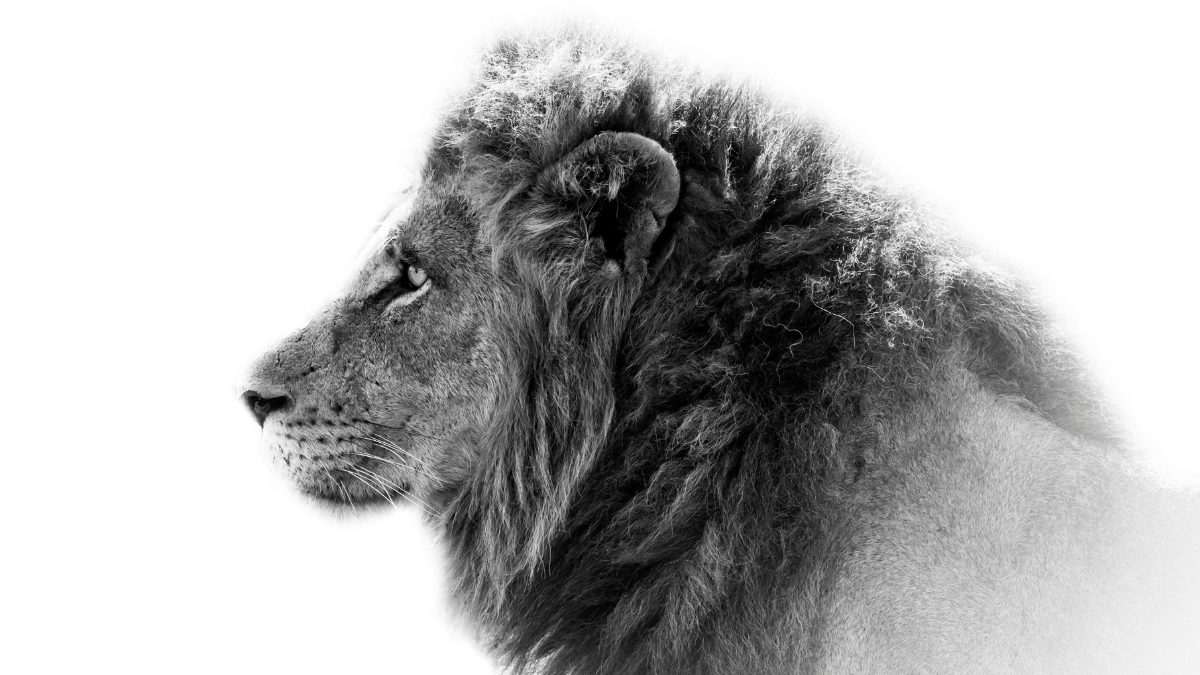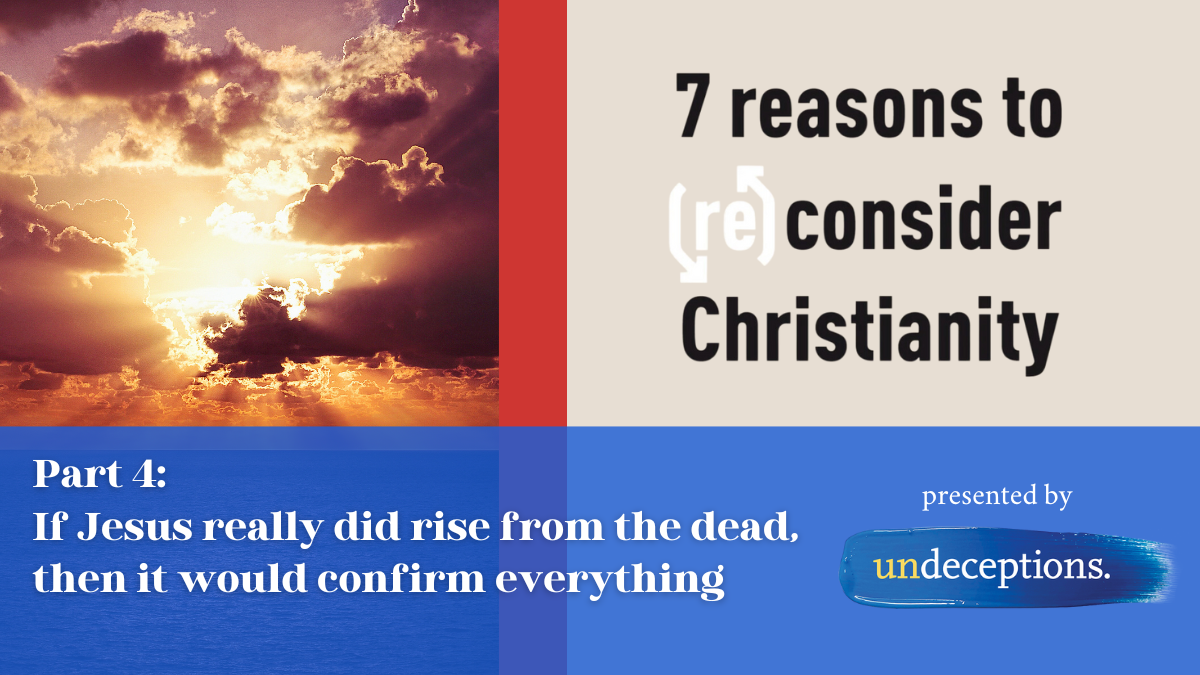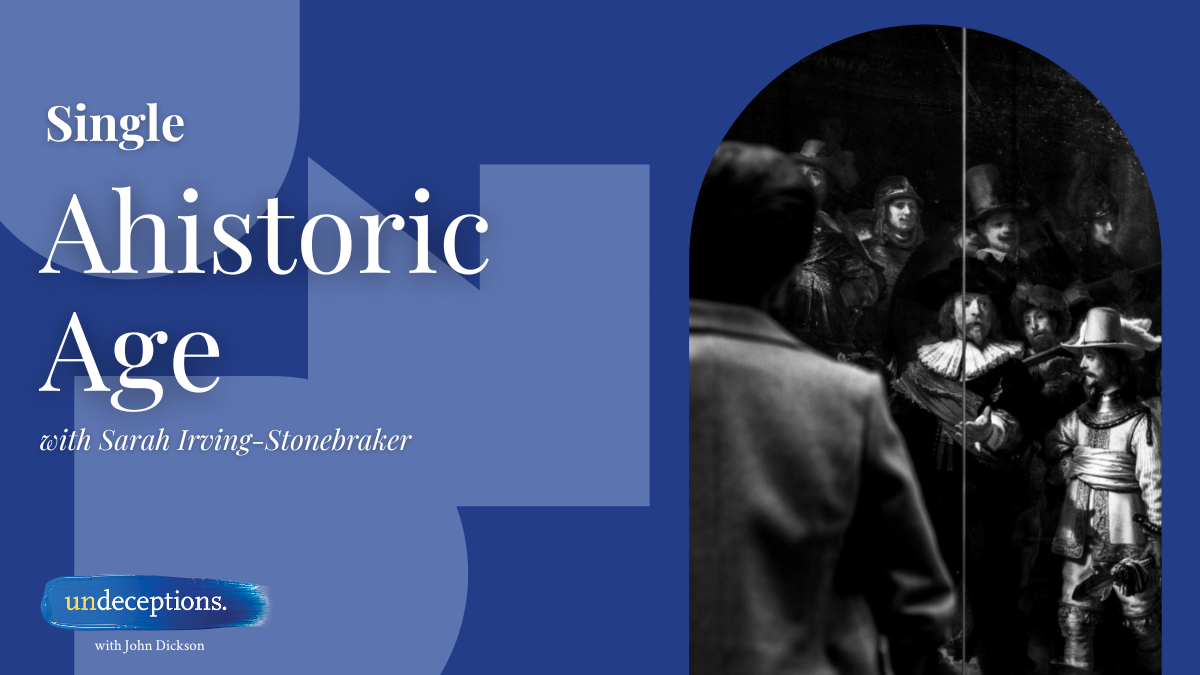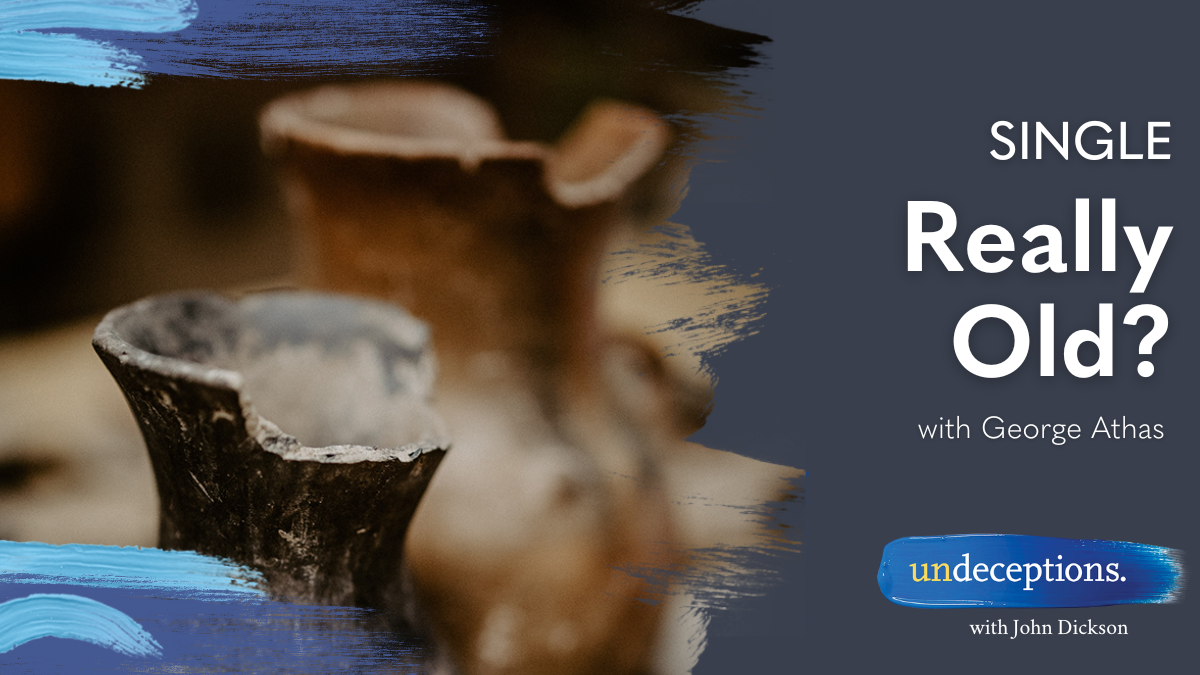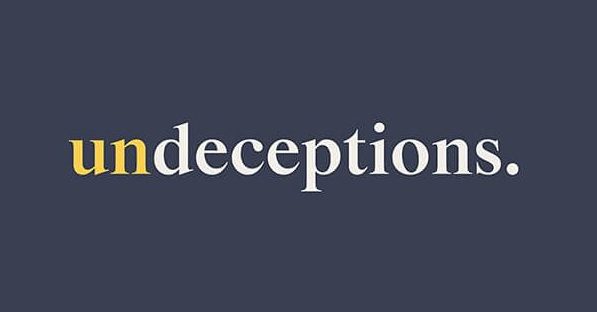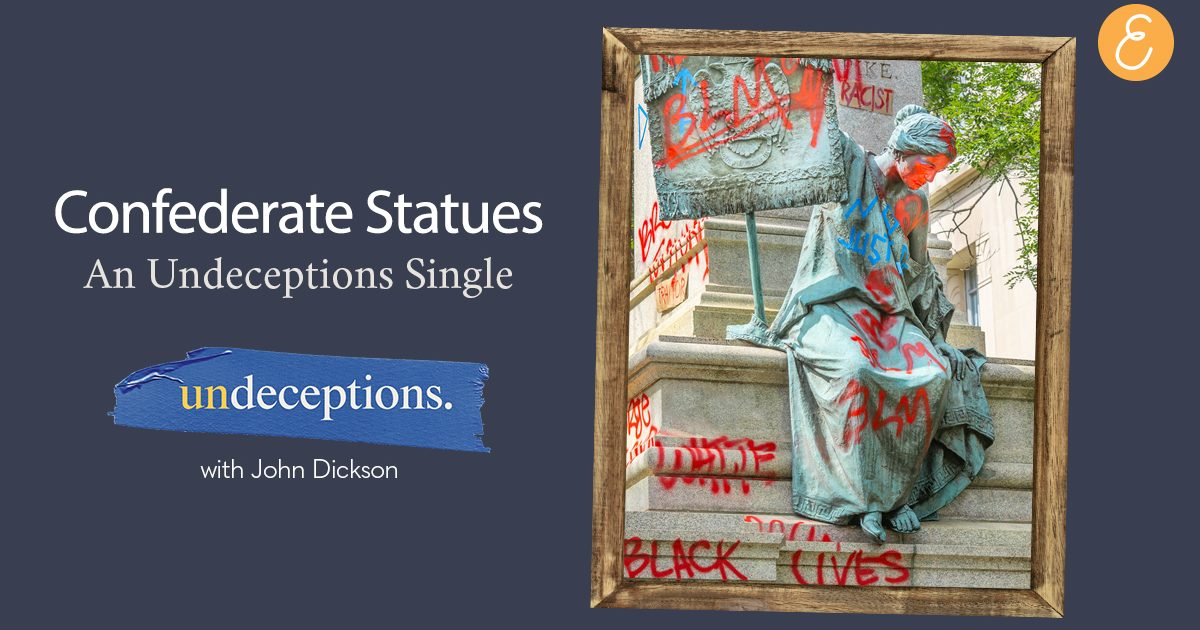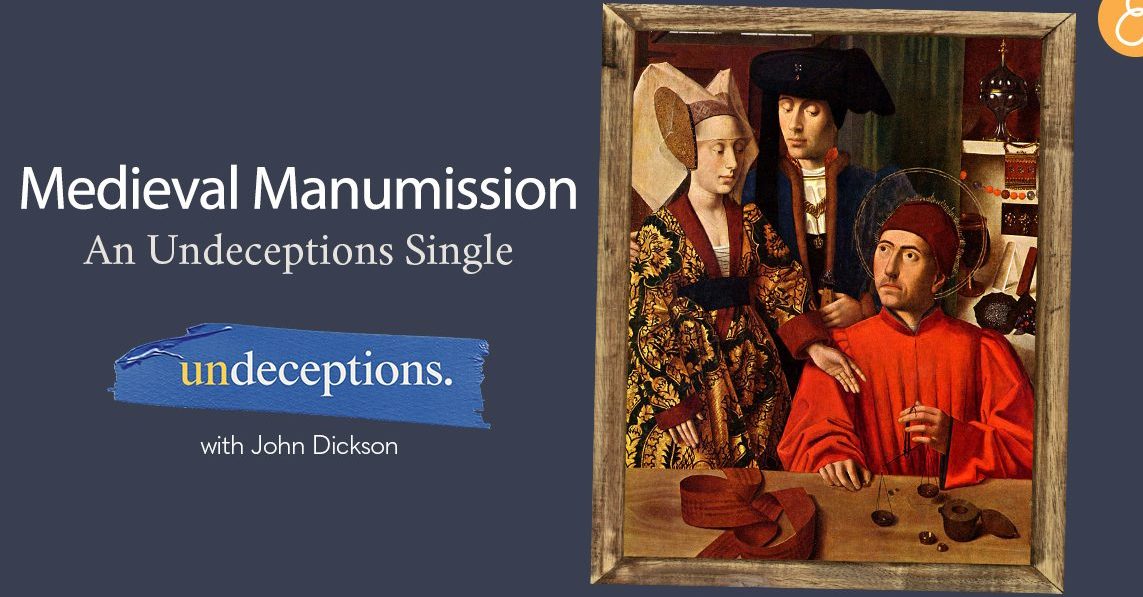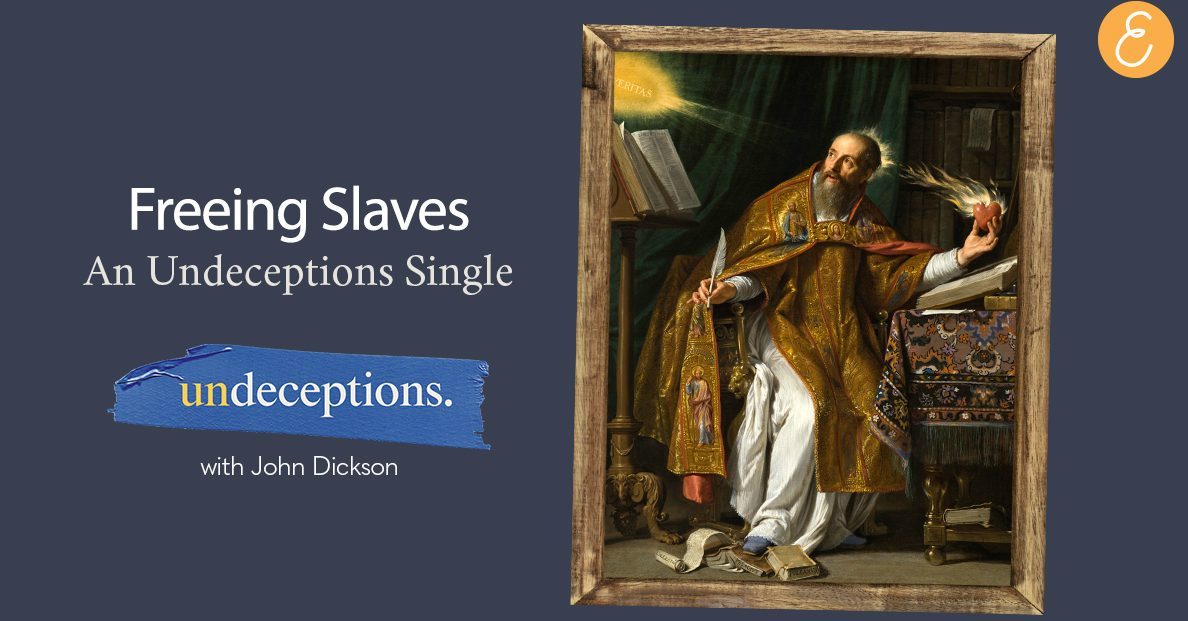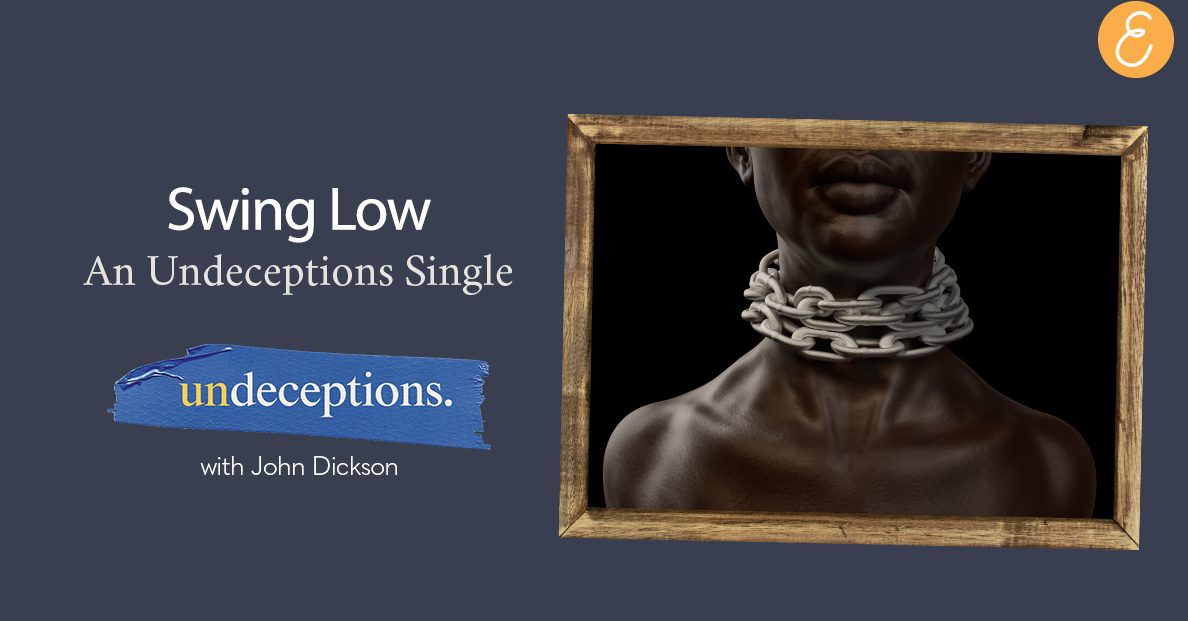-The Lion, The Witch and the Wardrobe
There is a straightforward reason the Christ figure in Narnia is a lion. It’s not just because lions are traditionally the ‘king of the animal kingdom’. It’s a Bible thing from the first book to the last book.
That’s pretty emphatic. One of the tribes of Israel is lionlike, compared to a cub, a lioness, and a lion – all in one verse.
King David (about 1000 BC) was from that tribe, the tribe of Judah, and so this ‘lion thing’ came to have the resonance of mighty warrior and lord. In Jewish tradition, the ‘lion’ motif is associated with the future Messiah, the descendant of King David who will conquer the world. For the nerds, head to 4 Ezra where a lion rushes out of the woods and roars, commands, and saves the day.
Jesus was an Israelite from the ancestral tribe of Judah. And, indeed, he was a direct descendant of king David. But Jesus never refers to himself as a lion.
“Then I saw a Lamb, looking as if it had been slain, standing at the centre of the throne.”
The lion, the king, turns out to be a slain lamb, a Lord who gave himself for us, instead of lording it over us. The Messiah’s true victory is dying for us – bearing our judgement – so all the world could be forgiven and brought back into a relationship with the Creator.
This is what Lewis is doing.
Yes, Aslan is a Lion. But he is a king that dies for his beloved kingdom.
By John Dickson
Lewis' Narnia
Want to hear the rest of the episode?
Check out episode 85: “Lewis’ Narnia”

